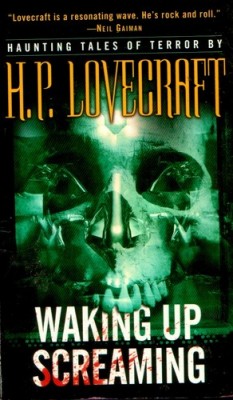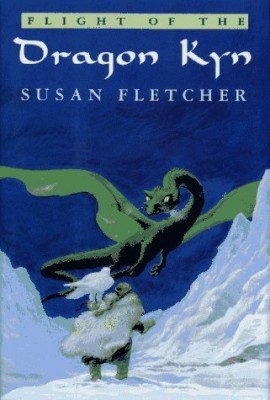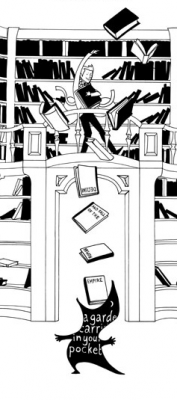Reviewer: Emera
Dates read: Various, Spring 2013
I don’t know about anyone else, but I always seem to crave ghost stories before bedtime. Here are some of the results of typing “ghost” into Tor’s rather friendly search engine.
—–
“A Ghost Story,” by Mark Twain (1888): Read the story online at Tor.com.
“I took a large room, far up Broadway, in a huge old building whose upper stories had been wholly unoccupied for years until I came. The place had long been given up to dust and cobwebs, to solitude and silence. I seemed groping among the tombs and invading the privacy of the dead, that first night I climbed up to my quarters. For the first time in my life a superstitious dread came over me; and as I turned a dark angle of the stairway and an invisible cobweb swung its hazy woof in my face and clung there, I shuddered as one who had encountered a phantom.”
This takes a turn for the really goofy, predictably, given the author. An eerie nighttime haunting becomes a clamorous one becomes a slapstick-ridden, tragicomical one, as the initially stricken narrator helps his ghostly visitor realize that he’s the victim of several layers of misunderstanding and hoaxery. Alas!
For those who, like me, have ever dreamed with fond shivers of the eeriness of museums at night, one of the incidental images in this story is worthy of a story of its own, as the ghost is a tenant in a museum –
“I can have no rest, no peace, till they have given that poor body burial again. Now what was the most natural thing for me to do, to make men satisfy this wish? Terrify them into it! haunt the place where the body lay! So I haunted the museum night after night. I even got other spirits to help me. […] I felt that if I ever got a hearing I must succeed, for I had the most efficient company that perdition could furnish. Night after night we have shivered around through these mildewed halls, dragging chains, groaning, whispering, tramping up and down stairs…”
Glee! Any recommendations for haunted museum stories??
—–
“The Cairn in Slater Woods,” by Gina Rosati (2012): Read the story online at Tor.com.
“My recently deceased great-aunt Z’s house smells like cat crap, stale smoke, and retribution.”
“The Cairn in Slater Woods” is a basically old-fashioned teen ghost story, albeit updated with references to manga and smartphone apps. Its narrative predictability and black-and-white morality don’t undermine the fun of its scene-setting – the Slater family woods shadowed by an ancient burial cairn, and tree branches hung with dozens of empty glass bottles. But the best line in the story might simply be the opening one, with its sullen teenaged melodrama. This would have made a very nice episode of Are You Afraid of the Dark.



